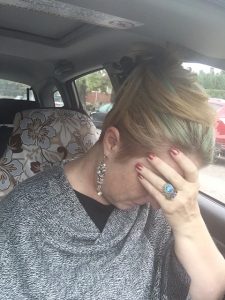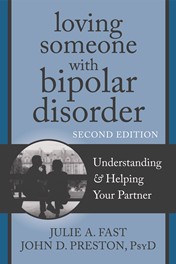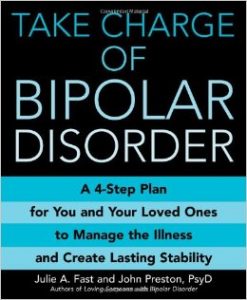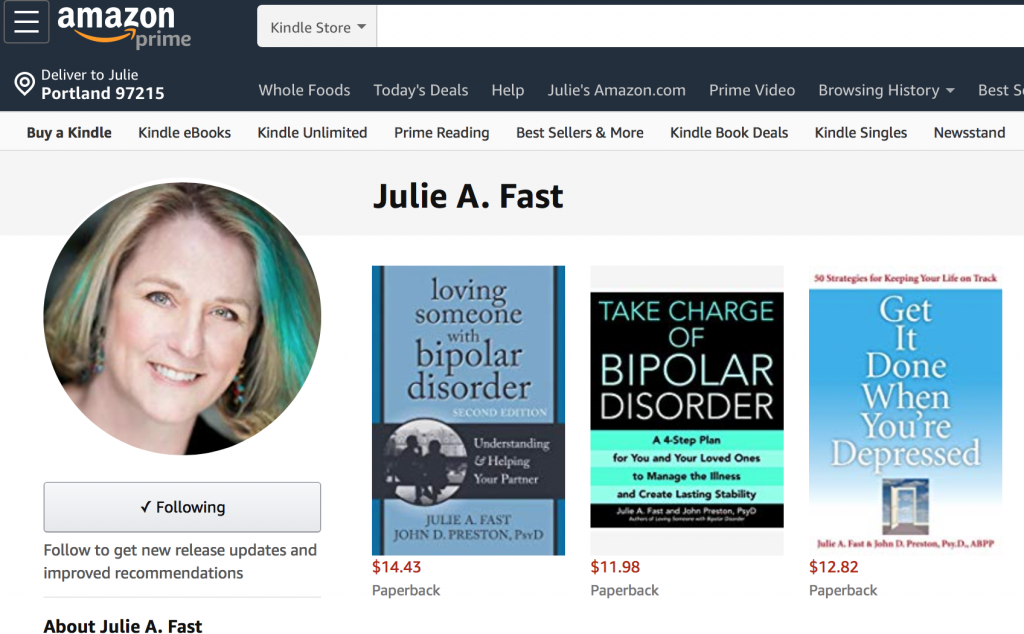Winter Blues? You’re Not Imagining Them
When not enough light makes a difference.

By Julie A. Fast
Originally published in Bp Magazine.
Do you dread the winter? I know I do! I live in Portland, Oregon, where it can be dark and dreary all day long during winter. For a long time, people were considered a bit wacky if they insisted that the weather affected their moods. Then Norman Rosenthal, MD, in his 1993 book Winter Blues (revised and updated in 1998), explained the connection between depression and the darker days of winter. Following the publication of Winter Blues, the symptoms of Seasonal Affective Disorder (SAD) were taken more seriously. Today, approved treatments for SAD (medication, therapy, and light) are often warranted, although SAD is generally a time-limited condition.
Answer the following questions to see if you have the symptoms Dr. Rosenthal ascribes to SAD.
Do you—
- Have less energy than usual?
- Feel less productive or creative?
- Need more sleep?
- Feel down or depressed?
- Have less control over your appetite?
Many people with bipolar disorder feel this way no matter what the weather is like and for most of us, the above symptoms are definitely worse during the darker winter months. The difference, however, between people with bipolar disorder and those with a formal diagnosis of SAD, is that our symptoms don’t simply go away when it gets lighter outside—they just change.
According to John Preston, MD, coauthor of Loving Someone with Bipolar Disorder and a psychopharmacology expert in the treatment of bipolar disorder, “Decreased bright light exposure can trigger brain changes. For people suffering with bipolar disorder, this can occur certainly in winter months, but also if they work at night (as does 20 percent of the U.S. workforce), or if they live in cities with significant cloud cover or air pollution. Decreased bright light exposure may ignite a depressive episode.
“Sometimes when spring comes, depressive symptoms begin to subside, or manias can result,” Dr. Preston continues. “However, for many individuals with bipolar disorder the decreased light initiated the depression, but the episode may certainly continue for many months beyond winter.”
So what causes SAD symptoms? As Dr. Preston explained in my last column (“Watching Out for Summer Mania,” bp Magazine, Summer 2005), the amount of bright light entering the eye plays a role in regulating mood and can cause mania. So it makes sense that less sunlight entering the eye may increase depression symptoms. Thus, it is important to keep sunlight steady year round. But how is this possible when it may be really dark in the winter where you live, and quite sunny in the summer? The good news is that it is possible to decrease SAD symptoms. It just takes having a plan before the days get really dark.
Are light boxes a solution?
Most people know that light boxes can be an effective treatment for SAD. The problem is that people with bipolar disorder have to be very careful with bright light therapy, especially if they have rapid cycling, or have a tendency toward mania. (Light therapy has not been extensively studied for bipolar disorder,although it has been well-studied for SAD itself.) Sometimes I think anything would be better than SAD symptoms. On the other hand, rapid cycling is no fun. So it’s really not worth making yourself manic in order to feel better.
Diet and exercise make a difference
Another solution is to watch your diet carefully and make sure you get exercise in the morning when the light is better. It is tempting to use junk food and caffeine to get out of the afternoon slump. And it makes sense that you have no desire to exercise when there is no sun. But as I have learned over the years of living with bipolar disorder, I never want to do anything when I’m depressed. Yet I’ve taught myself to go ahead and do it anyway.
Here is how I try to eat during the darker months despite a constant craving for coffee, chocolate chip cookies, and cola: Eat a protein-rich breakfast. This can include a protein smoothie with one scrambled egg on the side, or a salad with chicken, eggs, walnuts, and apples. Try not to eat any carbs in the morning. Take a multivitamin that is rich in B vitamins. Have a snack ready to eat as soon as you feel your energy decrease. This usually happens around 10:30 or 11:00 a.m., which is when the typical coffee and donut break occurs. Don’t give in! Instead, be ready with an apple, or celery with peanut butter or some nuts. You can even eat a cold sweet potato. Then have a good protein lunch—chicken salad or tuna with greens and something fun to eat, as long as it’s not too carb-heavy.
Because afternoon is usually the toughest time for experiencing SAD symptoms, you must choose your snack carefully. Opt for tuna salad, a hard-boiled egg, or a natural (not too much sugar) protein bar. Save your major carbs for dinner. This is a typical blood sugar stabilizing diet. While it’s not nearly as tasty as a candy bar or a donut, you will be amazed how it helps your mood, and your weight, if that’s an issue.
More positive steps to take
Diet is just the first step to combating SAD symptoms, however. It’s also important to know what you say, think, and do when your mood begins to darken. In this way, you can treat the depression before it becomes really serious. You will need to create a list of the things you might typically say or feel when it gets darker outdoors, including such expressions as “I can’t live through another winter like this,” “I have to get out of this city,” or “Where is the junk food?”
- For myself, the hours between 3:00 and 7:00 p.m. are really tough when it comes to these low feelings. This means I need to do something concrete and positive during these times to counteract the SAD symptoms. Here are some suggestions:
- Take a walk in the morning when it’s brighter outside. Get someone to go with you.
- Don’t take a coffee or sugar break when you feel down. Instead, break for a walk and eat an apple.
- Eat really spicy, low-carb foods for lunch. Doing so will increase endorphins.
- Take a fun class, or meet friends during your tough hours.
- Go to a bright gym after work. If you don’t work outside the home, make sure to stay busy throughout the day.
- Think of what you love to do, then do just that to counteract SAD symptoms. This can be singing, meeting a friend at a cheerful cafe, or going to a light-hearted movie.
- Create a bright living space and work space with full spectrum lights, bright colors, and plants.
- Teach your family and friends exactly what to do when you “go down.”
- Talk with your employer about SAD. Request an office with a window, if feasible.
Put all of these ideas on an index card and carry it with you. Put it on the wall above your desk or on your refrigerator. Read it every morning. Don’t assume you have it memorized. Depression has a way of making you forget what works and what doesn’t. I assure you the index card method is a solution that will work.
If you only do one thing to combat SAD, changing your diet– even if just in the afternoon– can really make a difference.
If you feel you are too depressed for the suggested solutions above, try to do just one. I know I’ve been too depressed to get out of bed. At the same time, I’ve also learned that simply getting out of bed is a solution. You can then decide what to do next. You do have the power to get better.
SAD symptoms are real and need to be taken seriously. If SAD symptoms are not addressed, the depression can become much worse and you may have to go to the hospital. Don’t wait until your SAD symptoms get worse. Take care of them before it gets really dark and dreary.
I use the ideas in Get it Done When You’re Depressed to help me through the seasonal affected disorder blues!
Julie













